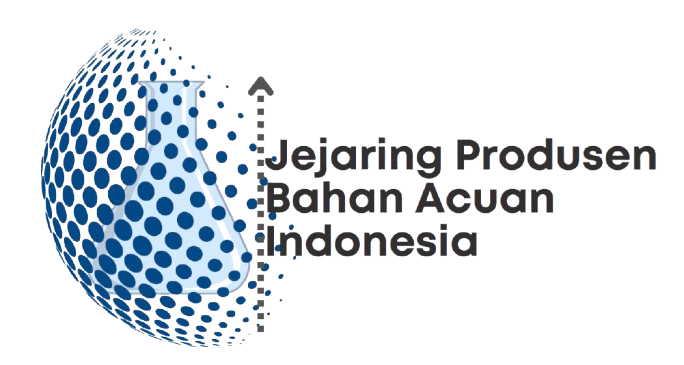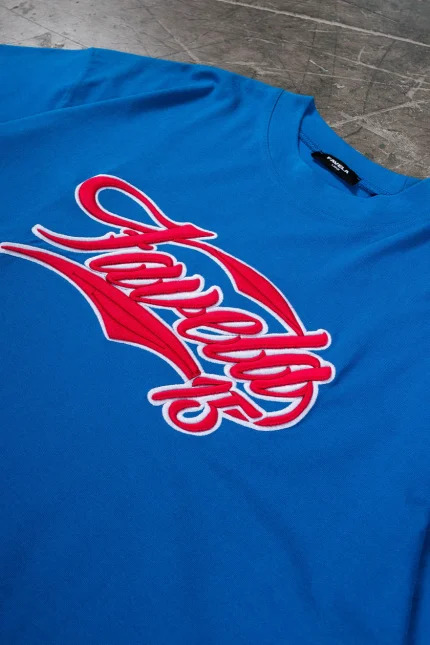In the ever-evolving world of streetwear, where identity is stitched into the very seams of fashion, few garments carry the weight of culture, defiance, and urban pride quite like the Favela Hoodie. More than just a piece of clothing, the Favela Hoodie represents a deeper narrative—one of struggle, self-expression, resilience, and the redefinition of fashion norms through the lens of marginalized voices. Whether worn in the bustling streets of São Paulo, the alleyways of Rio de Janeiro, or on the sidewalks of cities across the globe, this hoodie is not merely about aesthetics—it’s a cultural badge.
What is the Favela Hoodie? Understanding the Symbolism
At its core, the Favela Hoodie is a pullover or zip-up garment that features bold designs, often inspired by Brazil’s favela communities. These are densely populated urban areas, often unfairly generalized by poverty and violence, but which are also rich in music, art, resistance, and creativity. The hoodie takes its name directly from these neighborhoods and proudly places that identity at the forefront of its design ethos.
In fashion terms, the Favela Hoodie usually boasts oversized fits, vivid prints, graffiti-style fonts, and powerful iconography—such as the Christ the Redeemer statue, slanted alley staircases, football fields, or favela skyline silhouettes. But its importance transcends these visuals. To wear a Favela Hoodie is to wear a story. It is a declaration: “This is where I’m from—or what I stand in solidarity with. This is my culture, raw and unfiltered.”
Born in the Streets: The Cultural Origins of Favela Fashion
To understand the Favela Hoodie, one must first look at the cultural cauldron from which it emerged. Favelas are often dismissed as informal settlements, but they are much more—they are vibrant, self-made communities with their own rules, economies, and styles. In the absence of luxury fashion, residents innovated. T-shirts, hoodies, and sneakers became tools of self-styling, often customized with DIY flair.
Favela fashion was born from necessity but infused with artistry. Hoodies in particular became a staple—practical for cool nights, easy to customize with patches or paint, and comfortable for daily wear. Over time, what started as pragmatic apparel evolved into something deeply expressive. Local brands, underground designers, and even graffiti artists began to take part in the design process, embedding the visuals and language of favela life into streetwear pieces. The hoodie became the canvas.
From Margins to Mainstream: Globalizing the Favela Look
Today, the fashion world is finally beginning to reckon with the power of grassroots style. Major brands are borrowing aesthetics from global street cultures, and the Favela Hoodie has entered the conversation not just as a look, but as a movement. International musicians, athletes, and influencers have been spotted rocking favela-inspired gear, validating what locals have known all along—that favela fashion is not a derivative trend, but an original voice.
Brands like LAB Fantasma, Pacesetter, and even global sportswear giants collaborating with Brazilian artists have helped push favela fashion into the international spotlight. What sets the Favela Hoodie apart is its authenticity—it’s not curated in luxury studios detached from the source, but born from the lived realities of Brazil’s urban landscape. The hoodie’s rise is symbolic: something once ignored or stigmatized has now become celebrated, even coveted.
The Favela Hoodie as Social Commentary
Perhaps more than any other piece of streetwear, the Favela Hoodie carries a political edge. It is not simply about fashion, but about reclaiming narratives. When someone wears a hoodie that bears the word “FAVELA” in bold type, they are participating in a social statement. It’s a pushback against the long-standing stereotypes that have plagued favela communities—stigmas of crime, poverty, and violence.
Wearing a Favela Hoodie flips the narrative. It says, “Look again. This is beauty. This is power.” It is a wearable protest against elitism, against class division, and against the notion that style is reserved for the affluent. The hoodie, once criminalized as the uniform of the poor or rebellious, has now become a symbol of pride, creativity, and defiance.
Design Elements That Define the Favela Hoodie
Let’s take a closer look at what makes the Favela Hoodie visually and materially distinct:
1. Typography & Graphics:
Bold typefaces are a staple, often emulating the spray-painted tags found across favela walls. Slogans like “Orgulho da Favela” (Pride of the Favela), “Resistência,” or “Feito na Quebrada” (Made in the Hood) are commonly emblazoned on the chest or back. Graphics often include aerial views of favelas, samba dancers, boomboxes, and symbolic street signs.
2. Color Palette:
Favela Hoodies often incorporate vibrant colors—deep greens, bright oranges, electric blues—reflecting the kinetic energy of the neighborhoods they pay homage to. Others go the opposite route, favoring monochrome tones to emphasize a more solemn, gritty realism.
3. Material and Cut:
Typically made from heavyweight cotton or fleece blends, the Favela Hoodie is designed for durability and comfort. Many feature oversized or relaxed fits, a nod to hip-hop and funk aesthetics prevalent in favela youth culture.
4. Customization:
One of the most important elements is personalization. Many hoodies are handmade or locally printed, making each piece slightly unique. Some are spray-painted, others hand-sewn with patches or stitched embroidery—each one a unique expression of the wearer’s identity.
The Musical Influence: Funk, Hip-Hop, and the Favela Hoodie
Music has always been a cornerstone of favela life—particularly funk carioca, Brazilian hip-hop, and samba. These musical genres, often born in the same neighborhoods as the hoodie itself, have had a direct influence on its aesthetic. Musicians are frequently seen wearing favela gear in their music videos, stage performances, or social media posts.
From MCs to DJs, the Favela Hoodie is almost a uniform in these circles—not because it’s fashionable, but because it’s meaningful. In the same way American rappers elevated streetwear brands like FUBU, Sean John, and Supreme, Brazilian funk and hip-hop artists have helped propel the Favela Hoodie into pop culture relevance.
Favela Fashion vs. Cultural Appropriation: Walking the Fine Line
As favela-inspired fashion gains international attention, a necessary conversation has emerged: where is the line between appreciation and appropriation? This is particularly important when outsiders wear symbols of a community they don’t belong to. The danger lies in commodifying the struggles of a people without honoring the context.
The solution lies in authenticity and collaboration. Supporting favela-born brands, amplifying local artists, and understanding the cultural significance of the hoodie before wearing it are all steps toward responsible consumption. The goal isn’t to gatekeep fashion, but to ensure the right people benefit from its success.
Favela Hoodie in High Fashion: Crossing Boundaries
Interestingly, the Favela Hoodie has begun making appearances in places that once felt worlds apart from its origins—Paris runways, Milan fashion weeks, editorial photo spreads in Vogue and Dazed. Designers are increasingly merging high fashion silhouettes with urban Brazilian references, creating hybrid pieces that are both couture and community-rooted.
But not everyone celebrates this development. Critics argue that fashion houses profiting from favela imagery while ignoring the socioeconomic conditions of these communities is exploitative. This is where ethical design becomes critical—using fashion as a bridge rather than a billboard, connecting instead of consuming.
Empowerment Through Fashion: Local Brands Leading the Way
At the heart of the Favela Hoodie movement are the small, independent brands that began in the neighborhoods themselves. These are not just clothing lines—they are social enterprises. Many employ local artisans, reinvest profits into community programs, or use their platforms to speak on issues like police brutality, lack of education, and systemic inequality.
Some notable examples include:
- LAB Fantasma – Founded by Brazilian rapper Emicida, this label blends streetwear with Afro-Brazilian heritage and favela roots.
- Pace – A São Paulo-based brand focusing on local design and DIY street fashion.
- Favela Streetwear – Known for its raw, edgy takes on classic pieces, often made in limited batches using sustainable methods.
Each of these brands treats the Favela Hoodie not as a product, but as a medium of communication—a wearable way to uplift, inform, and inspire.
The Future of the Favela Hoodie: More Than Just a Trend
Where does the Favela Hoodie go from here? If recent history is any indication, it will continue to evolve—not just as a garment, but as a global symbol. It has the potential to become Brazil’s answer to the American bomber jacket or the British punk leather coat: an iconic item steeped in cultural resistance and raw authenticity.
As fashion continues to globalize, authenticity will be the currency of value. The Favela Hoodie, born from struggle but worn with pride, represents a new era of streetwear—one where style is not stolen but shared, not glamorized but grounded. It’s fashion for those who live real stories, not fairy tales.
Conclusion: Why the Favela Hoodie Matters
In a world increasingly obsessed with curated images and filtered realities, the Favela Hoodie brings back what fashion often forgets: the human element. Every stitch, patch, and print on this garment tells a story—of the kid who grew up dodging danger, of the mother who stitched clothes for her children, of the artist who turned walls into murals, and of the community that refused to be ignored.
To wear a Favela Hoodie is to wear a badge of authenticity. It’s a tribute to those who create beauty from chaos, resilience from hardship, and identity from invisibility. In the age of fast fashion, the Favela Hoodie is slow-burning truth.

